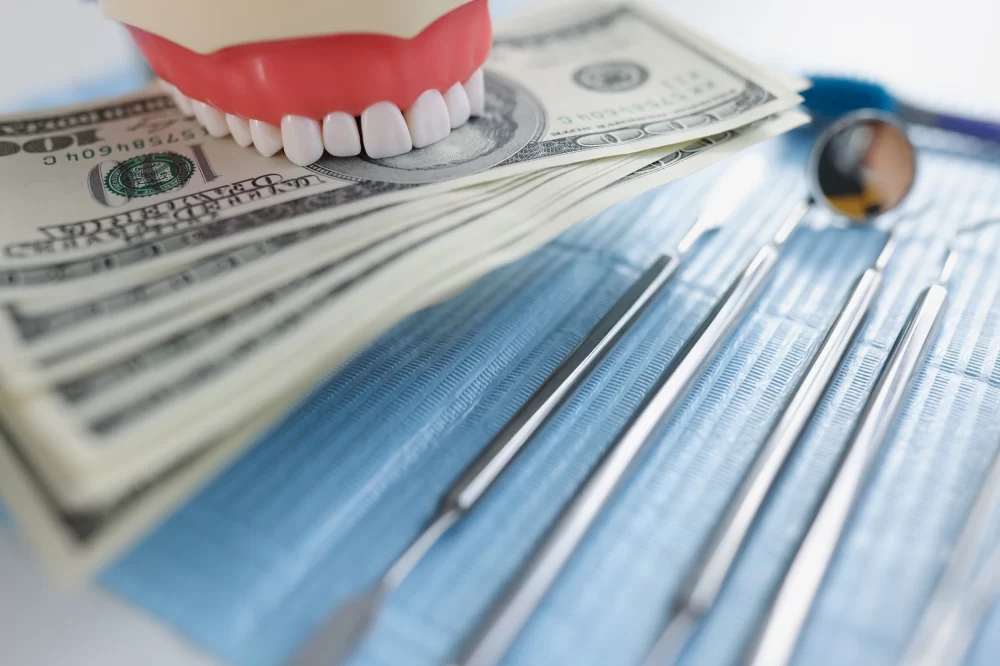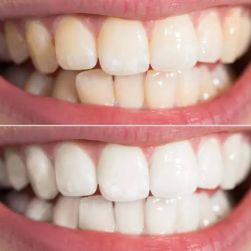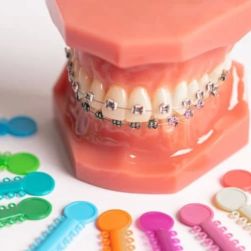How to Save on Dental Treatments with Insurance
When I first started thinking about saving on dental treatments, I felt overwhelmed. Dental costs can be high, and it often seems like no matter how much you plan, there’s always something unexpected that makes you reach for your wallet. Over time, I’ve learned that dental insurance is one of the best ways to manage these costs, but understanding how to maximize your insurance benefits can be a bit tricky. In this article, I’ll share some of the best ways I’ve found to save on dental treatments using insurance, including tips for choosing the right coverage, finding affordable care, and avoiding common pitfalls. By the end of this, I hope you'll feel more empowered to make informed decisions about your dental health. Let’s dive in!
1. Understand Your Dental Insurance Plan
The first step to saving on dental treatments is understanding exactly what your insurance covers. Dental insurance policies vary significantly from one provider to another, so it’s essential to take the time to read your policy and become familiar with the details. I remember the first time I checked my own dental insurance—it was more complex than I thought. Policies often cover preventive care (like cleanings and exams) at 100%, but when it comes to procedures like fillings, crowns, or root canals, the coverage can drop dramatically. Understanding these specifics will help you avoid unexpected costs down the road.
Many dental plans also have a yearly maximum benefit, which is the maximum amount they will pay for dental care in a year. Knowing this limit helps you avoid the surprise of having to pay out of pocket once you reach it. Additionally, some plans have waiting periods for certain procedures, so don’t expect coverage for major work right away. It’s essential to know these details to plan your treatment accordingly.
2. Preventive Care is Key to Saving Money
One of the easiest and most effective ways to save on dental treatments is to focus on preventive care. Dental insurance typically covers routine exams, cleanings, and X-rays at little to no cost to you. These preventive services are crucial because they help catch problems early, before they turn into expensive treatments. For instance, regular cleanings can help prevent gum disease, which, if left untreated, may require costly procedures like scaling, root planing, or even surgery. I’ve personally found that going for bi-annual checkups has helped me avoid major dental work and has saved me a lot in the long run.
Another preventive measure I recommend is asking your dentist for fluoride treatments or sealants, especially if you’re at higher risk for cavities. These treatments can often be covered by insurance and help protect your teeth from future decay.
3. Shop Around for the Best Prices
Dental treatments can vary greatly in cost depending on where you go. While insurance helps with many expenses, I’ve found that prices for certain procedures can differ from one dental office to another, even within the same region. That’s why it’s important to shop around. Some dental offices offer discounts for patients without insurance, while others might participate in discount plans or offer payment plans for more expensive treatments.
If you don’t have a preferred dentist, I recommend calling around to get quotes for the specific treatment you need. Be sure to ask if they accept your insurance plan and inquire about their payment options. Even if they don’t accept your insurance, some offices may offer a payment plan that fits your budget, so it’s always worth asking.
4. Maximize Your Insurance Benefits
To make the most of your dental insurance, it’s essential to schedule treatments before your yearly maximum benefit is reached. For example, if your plan covers two cleanings per year, be sure to take full advantage of that benefit. Many insurance plans also cover certain procedures at different percentages—usually a higher percentage for preventive care and a lower one for more extensive treatments. To save money, try to schedule expensive treatments early in the year so you can spread out costs over multiple plan years.
Another way to maximize your benefits is by using a Health Savings Account (HSA) or Flexible Spending Account (FSA) in conjunction with your insurance. These accounts allow you to set aside pre-tax money for medical and dental expenses, including copays and treatments not covered by insurance. This can save you a significant amount of money on out-of-pocket expenses.
5. Consider Alternative Plans for More Coverage
If you’re looking for more comprehensive coverage, you might want to consider an alternative plan, such as a dental discount plan or a supplemental dental insurance plan. Dental discount plans often provide a network of dentists who offer treatments at reduced rates, which can be a great option if you don’t have access to a traditional insurance plan. I’ve used one in the past, and it helped lower the cost of routine care and even major procedures. While these plans are not the same as traditional insurance, they can provide significant savings on dental treatments, especially if you require extensive dental work.
6. Be Aware of Common Dental Insurance Pitfalls
While dental insurance can save you a lot of money, there are a few common pitfalls to watch out for. One of the most significant issues I’ve encountered is the lack of coverage for certain treatments. Some insurance plans exclude cosmetic procedures, such as teeth whitening or veneers, which can be frustrating if you were hoping to get these services covered. Another pitfall is that dental insurance plans often come with limitations on which dentists you can see. If you already have a preferred dentist, be sure to check that they are in-network with your insurance before scheduling any treatments.
Additionally, some dental plans have high deductibles or co-pays, which can make it more difficult to afford treatment. Be sure to compare plans carefully and choose one that fits your needs and budget.
7. Look for Special Offers and Discounts
Finally, many dental offices offer special promotions or discounts for new patients, referrals, or even on specific procedures. For example, some dentists offer discounts on teeth whitening or offer package deals for multiple treatments. Keep an eye out for these offers, and don’t be afraid to ask about any available discounts when scheduling your appointment. I’ve taken advantage of several special offers over the years, which has helped me save quite a bit on treatments that otherwise would have been expensive.







